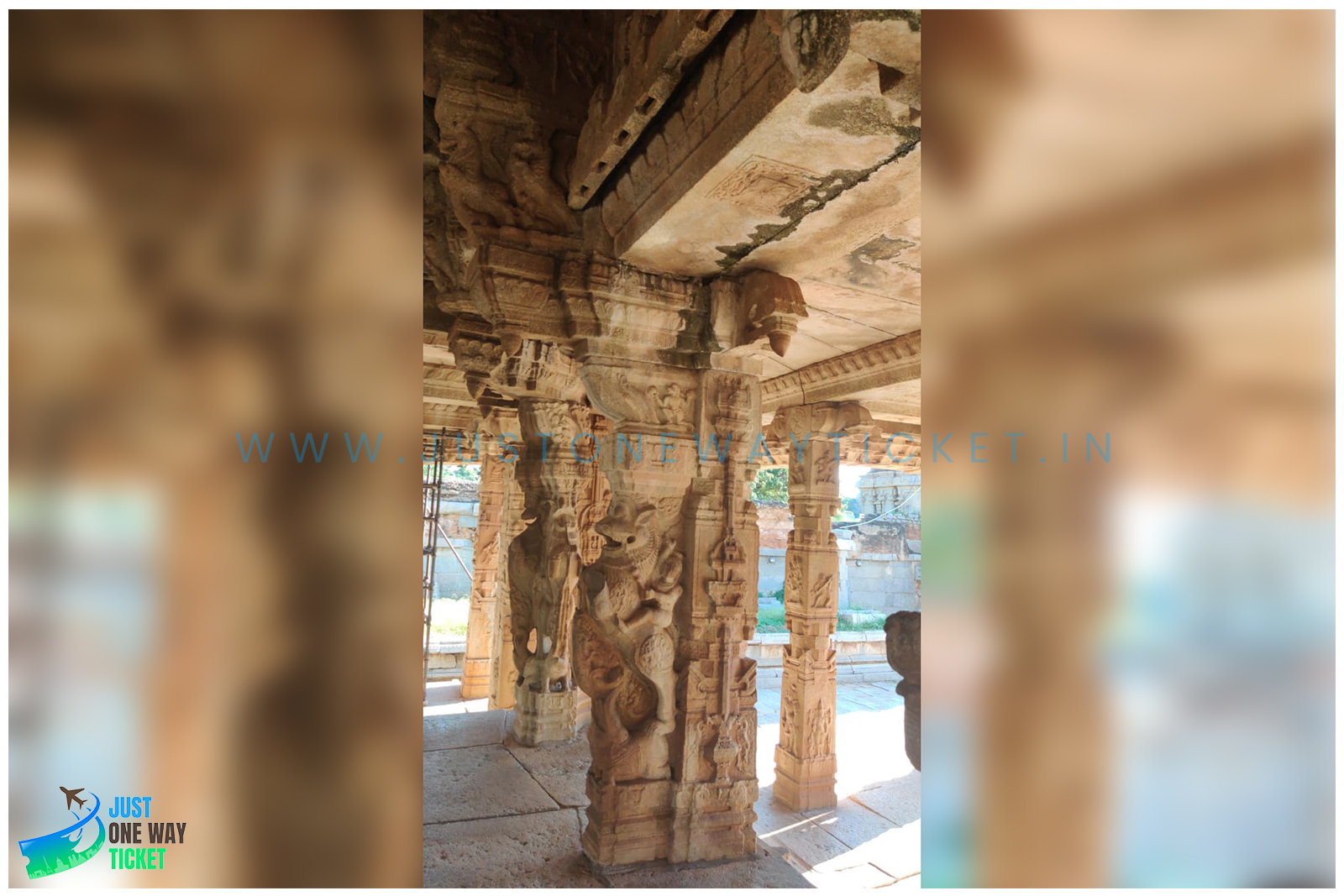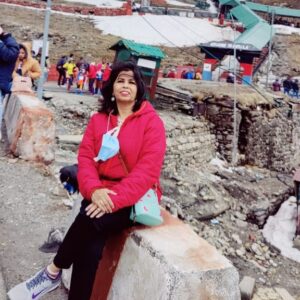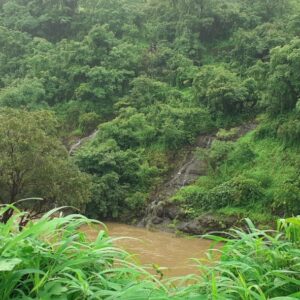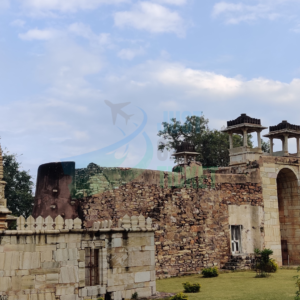 It’s time to reach Hemkuta hill for a sunset, we are stationed at Annaguddi, some 20km away from the site of Hampi also called HAMPE which predates the Vijayanagara Empire, and finds its mention in the scriptures of Ramayana and Mahabharata.
It’s time to reach Hemkuta hill for a sunset, we are stationed at Annaguddi, some 20km away from the site of Hampi also called HAMPE which predates the Vijayanagara Empire, and finds its mention in the scriptures of Ramayana and Mahabharata.
Nestled within the fortress of Natural hills and mountains, is the Vijaya Nagari dynasty’s most modern metropolitan city of the medieval era. Spread over 16km is the austere, grandiose site of Hampi, developed like the then Beijing and is the first largest empire after the Romans.
Blessed with Nature
Listed under the World UNESCO Heritage site, Hampi has magical stories, myths, and legends. One should visit and see the place which seems frozen in time. As you walk through ruins and monuments, you understand the modern design thought process, Opulence of the region through trade and commerce, and the mythological influence the place holds.
Annaguddi a quaint little town
As we are racing to catch the sunset, my thoughts are racing too. Set amidst the thick vegetation of rice paddy fields and coconut grooves the bouldered mountains with the sun casting its spell as it sets is just magical at Annaguddi.
Magical Sunsets and Sunrises
The majority of the mountains are the permanent address of many deities, which keeps the tourists busy hiking or driving to these peaks to catch a drone view of the region. With the Tungabhadra River flowing calmly during the dusky sunset, this wonderland is indeed Miraculous.
The sunset is followed by reverberating bells and the mantras from the Krishna temple majestically standing after centuries. With pillared resting pavilions for the visitors and many other edifices around, for various purposes set on the Hemkuta hill at Hampi, this is a picture-perfect sunset.
People here are great storytellers
As we sit with the old priest to know more about the temple and Hampi, it’s like the scripture that he reads along with storytelling. Stories about the ruling Dynasties of Vijayanagara from 1300 AD. A civilization surrounded by thousands of mountains and fertile land on the banks of the Tungabhadra River.
Ruled by four dynasties The Sangma, Salva, Tuluva, and Aaravedu from 1336-to 1565 for 230 years by 23 kings. Spread across 16 square kilometers, the empire bigger than the Roman Empire and the only largest and the biggest city compared to as than Beijing has hidden treasures and we are eager to unravel. We lose track of time listening to the legendary stories and the excitement to visit the ruins and monuments the next day is difficult to contain.
October Sunshine
It’s a blue-skied warm October day, the kind where you feel the day is gonna be hot, but we start early and our guide leads us to the first site. We are at the Virupaksha Temple and it seems like a Bioscope experience it’s like one picture after another from the story heard yesterday and the guide narrating his version of history today.
The Virupaksha Temple Complex
My mind could hear the galloping soldiers, they are on a hunt to find a site to construct the Capital city for the dynasty. VidyaAranya was already heard of as a blessed site with a fortress of natural Hills and mountains and river Tungabhadra with the most fertile soil. The king and his Clan seem to be thoughtful and intelligent. Understanding the commercial aspect they draw a master plan for the Capital city of the Vijayanagara dynasty.
With some, 1,600 surviving remains of the last great Hindu kingdom majority of temples dedicated to Shiva, the Virupaksha temple is the oldest with supporting edifices like the resting pavilions and smaller shrines. It also hosts the first pinhole camera that’s a sure elegant piece of Technology of the 13th century.

The Virupaksha temple entrance resembles a cow face, a very sacred figure in Indian Mythology. It has a strong base of stones and is lighter towards the top to bear the weight, another thought-full architectural design that stands tall.
Being the most revered temple prayers are offered three times a day. The king and his team could foresee the crowd attracted to the temple and visualize flourishing commerce and trade that could prosper here.
There came the pillared Hampi Bazaar, which must have been crowded all the time.
Merchandise like spices, precious stones, silks and produce from the neighboring and far away countries like Mongolia and Persia decorated the markets making this 900m long market a colorful site.
The entrepreneur king could foresee the crowd and on the hemakuta hill, I find many pavilions constructed for resting and freshening up with attached kitchen and water tanks.
The king made sure the capital has all that a Metropolitan must-have. The central business district has all the necessary amenities and the tourists and the merchants have enough recreation while visiting Hampi.
Recreation through temples
The ruling dynasty being Hindu with the primary deity as Lord Ganesha the king made sure that he pays his respects to the 18 feet Ganesh Idol Temple before he reaches the Virupaksha Temple. Both temples are connected with the beautiful pathway. Carved in one Monolithic stone the Ganesh Idol is superlatively beautiful with the pillared Sabha Mandap. Each pillar depicts a figurine of the visiting merchants from various countries. The idol was later destroyed but it still holds its charm and Aura.

The destruction angers you
The Narasimha pavilion with Goddess Lakshmi and the badawi lingam holds its charm with its sheer size and creation. The badawi lingam has a legend of an old working-class woman, who saved every penny to contribute towards constructing this temple. I conclude that the people here were big fans and worshippers of Lord Shiva.

The shivling is huge as I contemplate how worship is offered my guide he points out towards the secret steps built to climb. I find this another thoughtful piece of architecture. The walkways to both these temples made out of sandstone are beautifully carved and stand elegantly even in the 19th and 20th centuries. The destruction angers you to the extent of going back to the Era to recreate it.

Miracle of a city called Hampi
The king also made sure that his family is around and is secure. it’s this 16 km area that occupies Hampi monuments and ruins. The complexes as they are called are situated a little farther from each other. Very thoughtfully distributed to give privacy, security to every individual visiting or residing. Over here visiting the Lotus temple the royal bath and the Royal animal hosting structures like the elephant stable each is a beautiful piece of Indo Muslim architecture.

Each one holds a story and that to a different one I love the architectural and thoughtful process of the medieval era metropolitan city and the largest dynasty before the Romans. Every monument and the ruins showcase that the dynasty fostered in Arts were owners of a strong military and won many battles fought with the Sultanate.

They had a clear architectural plan and invested thoughtfully in agriculture waterworks, roads, forts, and palaces. Multi-ethnic monuments like the mosque and Jain temples and made sure the public utility infrastructure was absolutely in place.
Hampi the world’s largest medieval Era City had flourishing trade and Commerce which is witnessed in every structure standing elegantly even after the beatings of natural and manmade forces.

Vitthala Temple complex
We approach the Vitthala Temple complex located some 3.45 km away. Beautiful Vitthal Temple Bazar welcomes us. One km long Bazaar is preserved and pillared. The complex is adorned with multiple shrines devoted to Vitthala an incarnation of Krishna.
Two major attractions apart from many others at the complex is the stone Chariot majorly used for processions and the musical temple where the multiple pillars made in different shape and size produce a different musical instrument sound isn’t that intelligent Technology and art.


The surreal experience
The Bioscope, the priest, and the actual ruins and the monuments with legends, facts, and myths have my head reeling. I am overwhelmed with grandioseness, ethnicity, and primarily with the responsibility of preserving each of them.
It’s a humongous task for the central and the local authorities to preserve and maintain this magical, miracle site. It doesn’t stop there, it is the responsibility of every single Indian citizen and the Tourist to maintain and preserve every little monument and ruin which is a sheer work of art, and perseverance.
I feel responsible and proud at the same time that I am lucky to be here and to witness the magical Hampi. It’s difficult to summarize this beautiful story in mere 1000 words and this is a glimpse, you ought to visit to believe.
As I leave the Kishkinda resort at Annaguddi which too seems to be set in the 13th era, it’s surreal to not believe what is documented and what remains today.
 Some experiences that made my trip special and are my most cherishing moments
Some experiences that made my trip special and are my most cherishing moments
- Meeting Krishnadevraya the 19th King in line
- Coracle ride
- The weavers
- The Local food.
- Bouldering

Stay tuned to Blogs by Varsha Mahore. Enriching lives through Travel.




